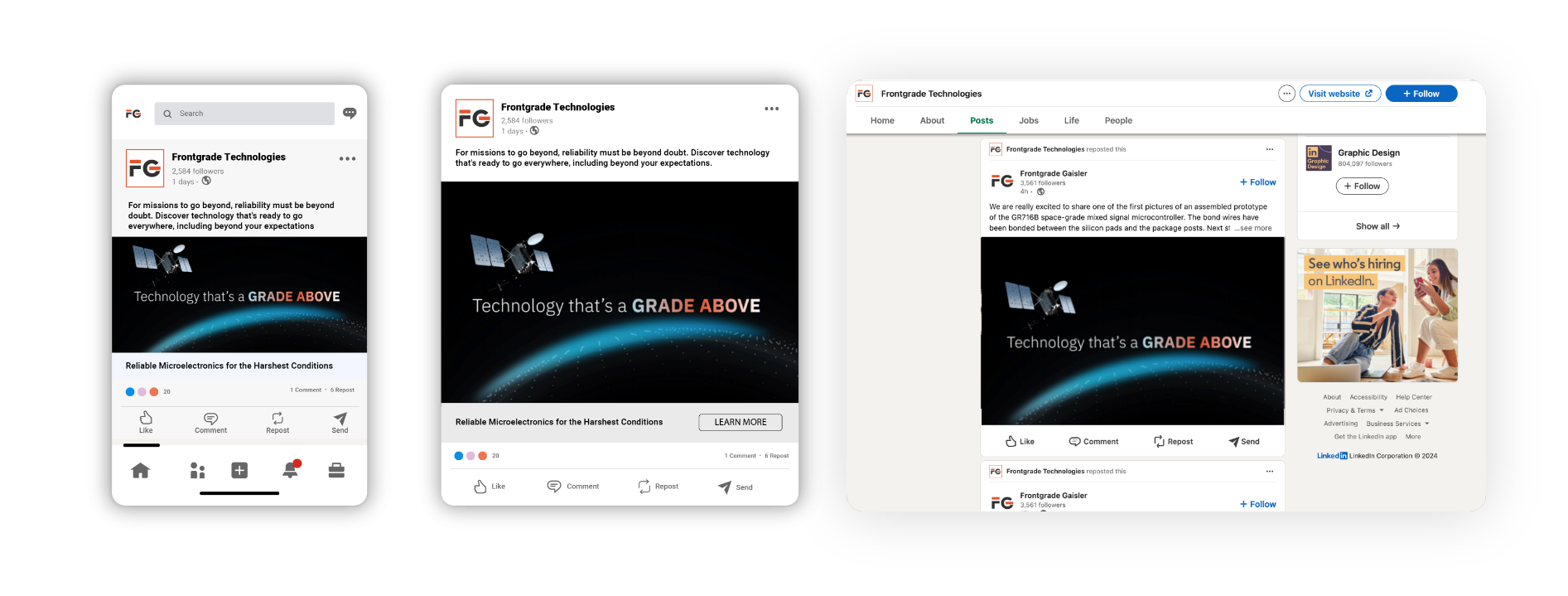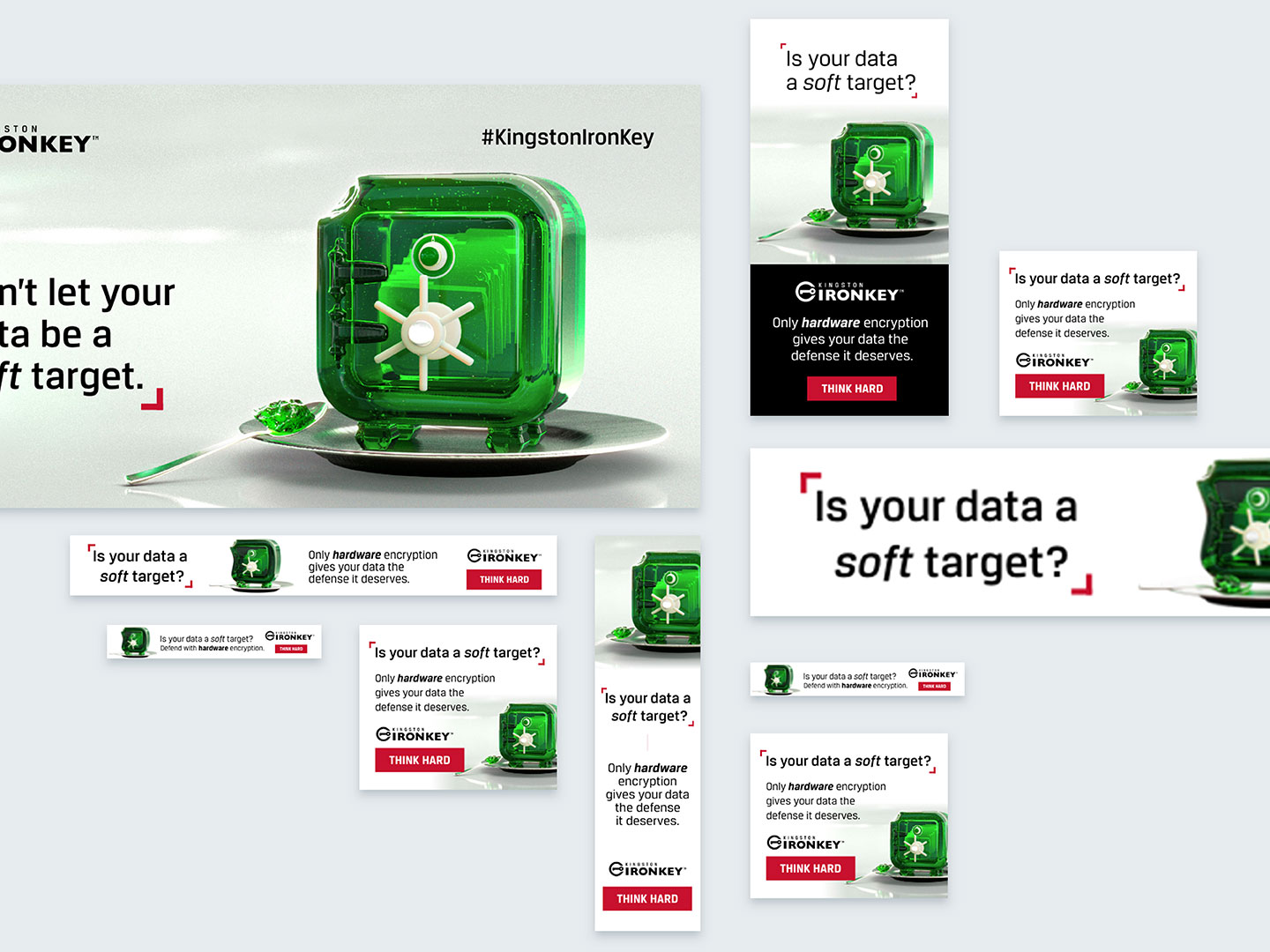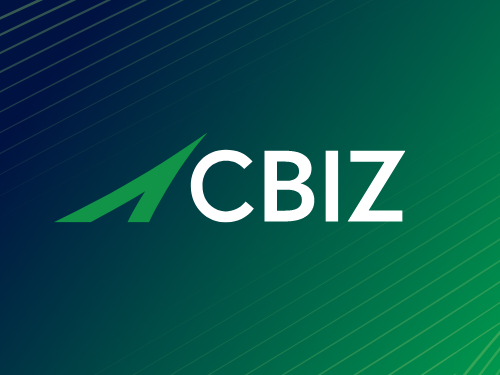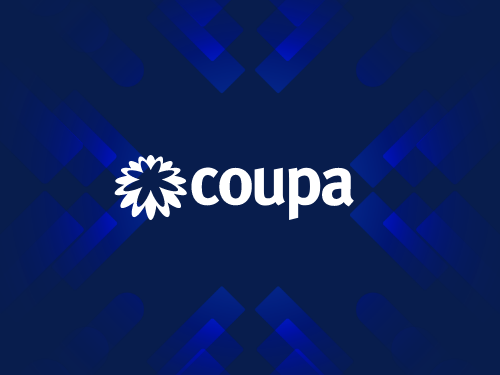Markets shift fast—your campaigns should too. Explore frameworks for adaptive marketing that keep your brand nimble and responsive.
Marketing in a World of Uncertainty
In today’s fast-paced, unpredictable market landscape, businesses face constant disruptions—whether due to economic shifts, emerging technologies, or sudden changes in consumer behavior. Traditional marketing plans, often locked in months or even years in advance, struggle to keep pace with this volatility.
To stay competitive, brands need agile marketing models—strategic frameworks that allow campaigns to flex and evolve in real time. This approach empowers marketers to respond quickly to new opportunities, pivot away from underperforming tactics, and keep their messaging relevant and impactful.
In this post, we’ll explore why traditional marketing planning often falls short, outline the principles of agile marketing, and offer practical guidance on building your own adaptive campaign framework.
Why Traditional Marketing Planning Falls Short
Conventional marketing planning typically involves long timelines, static calendars, and fixed budgets. While this approach provides structure, it leaves brands vulnerable when market conditions change unexpectedly.
Consider how disruptions like supply chain delays, platform algorithm updates, or global events can derail carefully crafted campaigns. Without flexibility, companies risk missing crucial windows of opportunity, overspending on ineffective channels, or delivering messages that no longer resonate.
The challenge: how do you keep your marketing plans relevant in an environment where everything can change overnight?

Defining Agile Marketing: Principles and Pillars
Agile marketing adapts principles from agile software development to create a more responsive, iterative approach to campaign planning and execution. Key pillars include:
- Test-and-learn mindset: Launch small experiments, measure results, and refine tactics continuously.
- Cross-functional sprints: Work in short cycles, often 2–4 weeks, allowing teams to focus on manageable goals and rapidly adjust course.
- Modular content creation: Build reusable assets and messaging components that can be quickly swapped or updated.
- Rapid feedback loops: Collect real-time data and customer insights to inform decision-making.
- Real-time analytics integration: Use performance dashboards and tools to monitor campaigns and identify pivot points early.
This contrasts with traditional “waterfall” marketing, which typically follows a linear sequence and resists change once the plan is set.

Building an Agile Campaign Framework
Here’s how to put agile marketing into practice with a flexible campaign model:
1. Modular Messaging and Content
Create content in “blocks” or modules—such as headlines, visuals, CTAs—that can be mixed and matched depending on the moment. This makes it easier to tailor messages on the fly for different audiences, channels, or cultural moments without starting from scratch.
2. Short Sprints and Iterative Launches
Instead of committing to an entire campaign upfront, plan in short bursts (sprints). Launch a minimum viable campaign quickly, then use data and feedback to optimize each sprint. This lets you capitalize on new trends or pause investments in low-performing areas promptly.
3. Decision-Making with Live Data
Integrate tools like Google Analytics 4, HubSpot, or Looker to track campaign KPIs in real time. Set clear thresholds that trigger reviews and adjustments. The faster you can access insights, the faster your team can pivot tactics or messaging.
4. Team Agility and Cross-Functional Collaboration
Agile marketing requires breaking down silos. Build small, empowered teams combining creative, data, media, and strategy experts who can make decisions collaboratively and quickly. This removes bottlenecks and speeds up execution.

How to Start: Transitioning to Agile Without Overhauling Everything
You don’t have to rebuild your entire marketing operation overnight. Begin with a pilot project—choose a single campaign or product launch to test agile methods.
Invest in agile-friendly tools and workflows, such as project management platforms that support sprints and collaboration. Share early wins and learnings to build momentum internally.
Finally, consider partnering with an agency experienced in agile marketing to guide your transition and help scale your efforts efficiently.
Future-Proofing Your Marketing Strategy
Agility isn’t just a buzzword—it’s a necessity in today’s uncertain world. Brands that embrace flexible, adaptive marketing strategies will outmaneuver competitors stuck in rigid planning cycles.
By designing campaigns that are built to pivot, you can transform uncertainty into a competitive advantage.
Ready to make your marketing more agile? Connect with Bluetext to build flexible frameworks that evolve alongside your business.




